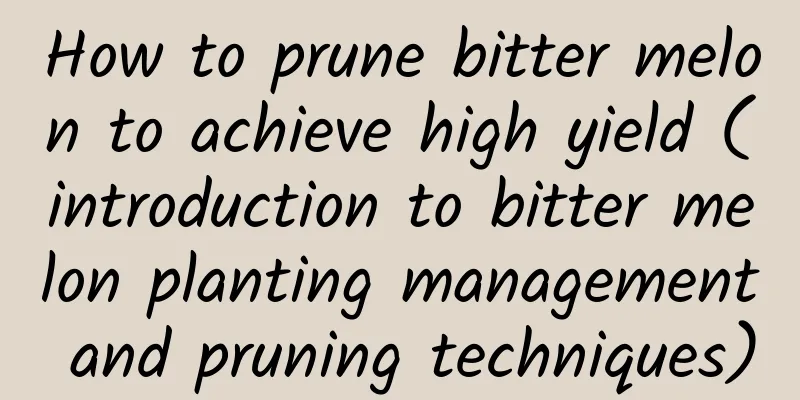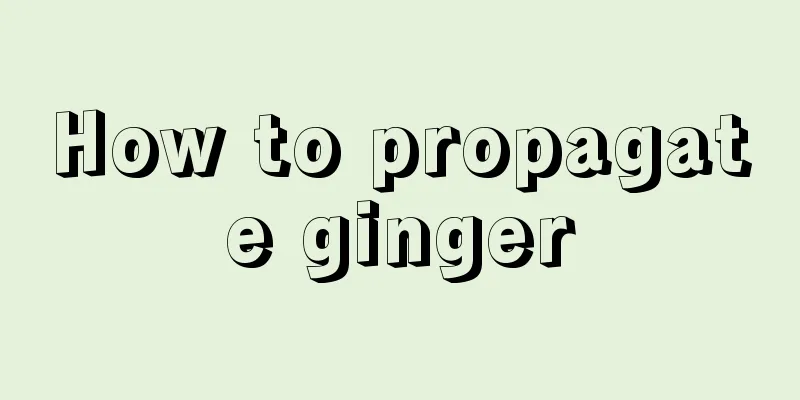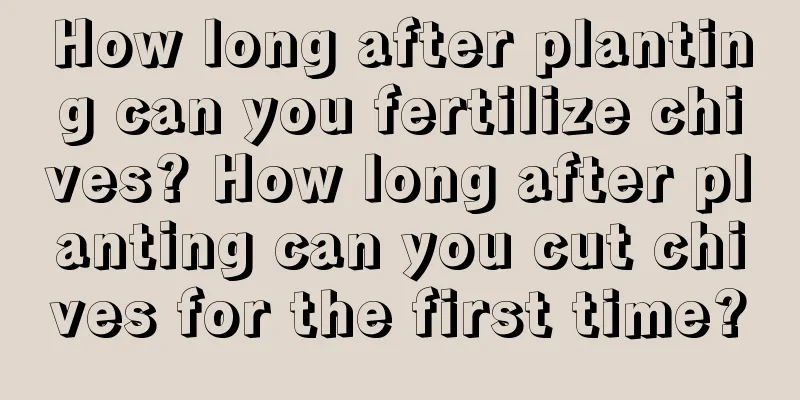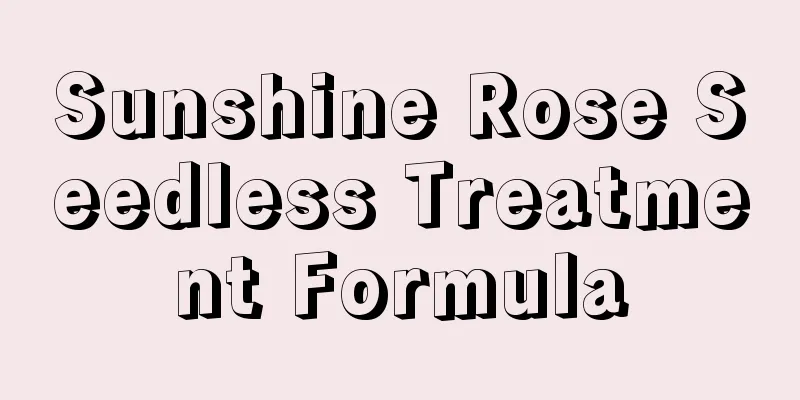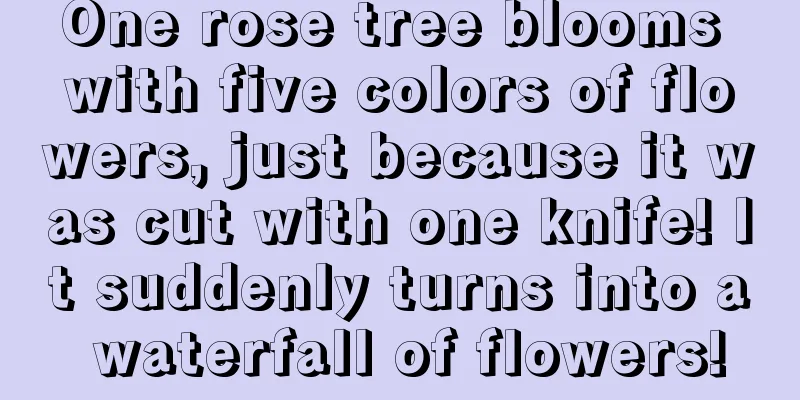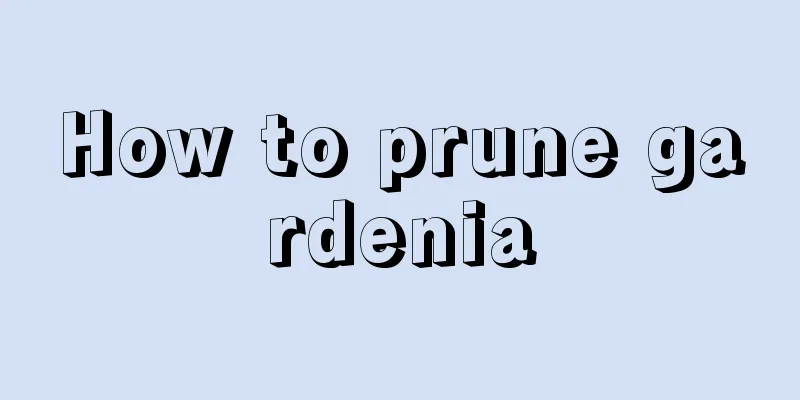How to plant Clematis in a small pot

Root characteristicsWhen choosing a small pot for planting, you need to understand the root characteristics of Clematis: very lush, vertical growth, cool, fleshy roots, and afraid of waterlogging. The soil in most flower lovers' homes is garden soil, especially for novice growers. The principles and issues regarding iron soil mixing will not be discussed here. Once you like a certain variety, it is necessary to have a basic understanding of its growth characteristics. Some varieties are completely unsuitable for planting in pots (tanks), so do not choose small pots for planting. This is the picture after the root system is trimmed Small pot planting methodThe following is an advanced guide to growing clematis. Beginners in flower growing should be cautious. When the base soil is laid as usual, a simple method is to suspend the iron in the air and fix it. The advantage is that when you measure the planting depth of the iron, the depth of the iron will not change due to hand shaking during the covering process. First, all the roots of the iron plant should be placed on the soil. Do not use the "umbrella-shaped planting" method directly (this planting method is simply a waste of the height of your pot). Then cover the iron plant with soil for the first time. It does not need to be too high, more than a fist (the specific height should depend on the pot). You can see that the lowest points of most roots are buried. At this time, pull out the soil from the roots near the rhizome junction one by one from near to far, leaving only a small part submerged in the soil. Then pat the pot as usual, let the soil fill the gaps between the roots, and then compact it with your palm. At this time, pour the root covering soil for the second time. Don't pour too much, about the height of a fist. After compacting, cover the roots that are slightly away from the rhizome junction on the newly added soil. Try to separate them as much as possible. If the roots are too long, let them rotate clockwise (or counterclockwise). The soil is compacted for the second time. What is hung on the rack at this time is a small handful of roots closest to the rhizome junction. Spread the remaining roots on the second covering soil surface, and rotate the excess roots in the same direction as before. Cover with soil for the final time, water thoroughly, and you’re done! Alright, it's done. This planting method greatly increases the growth space for the roots, and unlike the umbrella-shaped planting method all the roots will not be squeezed underneath from the beginning. Clematis will also grow strong! |
<<: Yogurt box homemade cute small flower pot
Recommend
Causes and treatments for yellowing leaves of anthurium
1. Inappropriate light exposure 1. Reason: Anthur...
How to plant longan
1. Clean the seeds Clean the longan seeds and be ...
Are peonies afraid of freezing in winter?
1. Are you afraid of freezing? Peonies are somewh...
What medicinal materials are suitable for planting in Ningxia? What are the varieties of Chinese medicinal materials in Ningxia?
Ningxia is one of the important production areas ...
Can the leaves of the bird's nest be sprayed with water?
1. It is best not to spray water Many flower love...
Yam watering rules, when to water yam is the key
1. Watering rules 1. Don’t water unless the soil ...
How to water hyacinth
How to water hyacinth 1. When watering hyacinths,...
Air-Purifying Indoor Plants
1. Plants that purify the air Popular legend: Chl...
How to cultivate the fortune tree
1. Light The money tree is a sun-loving flower. I...
What flowers are suitable for employees to send to their boss on his birthday?
Principles of sending flowers to leaders on their...
When is the best time to plant broccoli?
The right time to sow broccoli Broccoli is a plan...
Gardenia and spider plants have rotten roots. Learn how to prune them.
Gardenia root rot 1. Clean the root system Remove...
Is tomato a fruit or a vegetable? Is it a cooling or warming substance?
1. Is it a fruit or a vegetable? It is a vegetabl...
Tips for making violets bloom all year round
How to make violets bloom in all seasons Choose d...
When to plant rose seedlings
1. Planting time The best time to plant rose seed...
